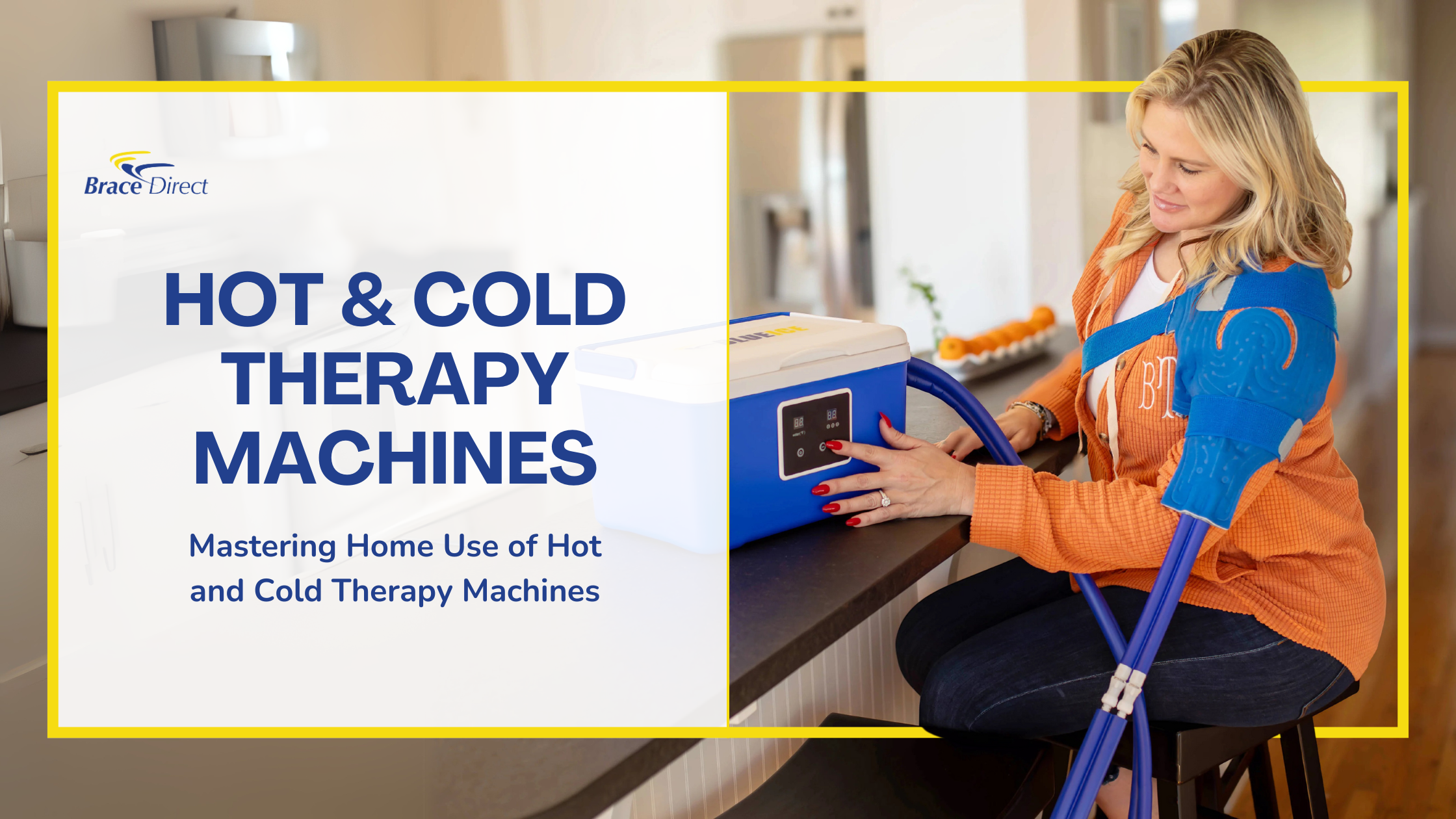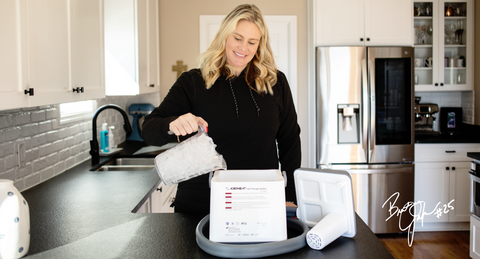M–Th 9a–11p | Fri 9a–5p
Sun 3p–11p EST
M–Th 9a–11p | Fri 9a–5p
Sun 3p–11p EST

Hot and cold therapy can play a vital role in pain management and recovery. Whether you're an athlete recovering from intense workouts or someone dealing with chronic pain, these therapies offer targeted relief. Understanding when and how to use them can help you heal faster and feel better.
Discover the benefits of hot and cold therapy, when to use each, and how to maximize their effects for recovery.
Both heat and cold therapy offer unique advantages for healing, reducing inflammation, and relieving pain.

Choosing the right therapy depends on the type and timing of your pain.
Brace Direct offers specialized hot and cold therapy units to support recovery from injuries and chronic pain.

This machine provides consistent cooling to reduce pain and inflammation, ideal for recent injuries or after surgery.
Shop Now
Ideal for athletes and chronic pain sufferers, this machine provides both heat and cold therapy for complete relief.
Learn More
Designed for ease of use, this unit is perfect for those needing regular cold therapy without hassle.
Explore NowWhether you need targeted cold therapy for an injury or soothing heat for chronic pain, Brace Direct has a solution for you. Explore our range of therapy machines and take control of your recovery today.
Shop Hot & Cold Therapy Products